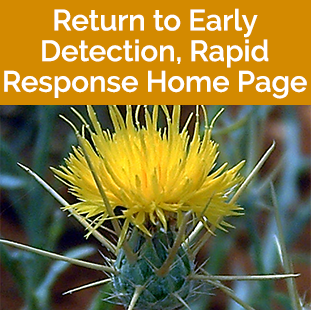Palmer Amaranth
(restricted seed)
(Amaranthus palmeri)
Quick ID
- Smooth, hairless stems
- Petiole (leaf stalk) often longer than leaf blade
- Dioecious, individual plants are either male or female
- Seed heads on female plants are prickly and on both sexes are terminal and can be up to 3’ long, but can be shorter too
- Leaves are diamond or oval-shaped
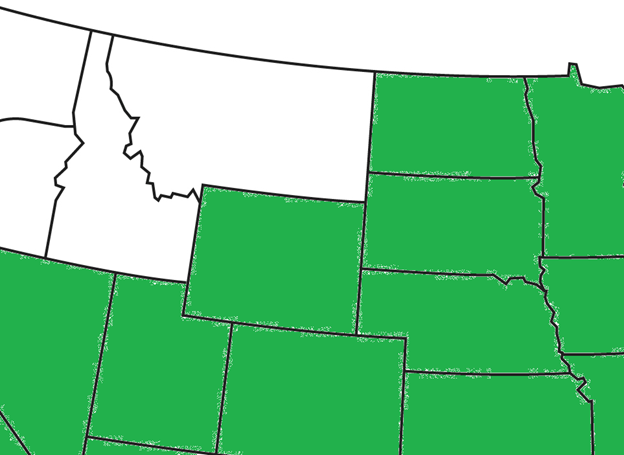
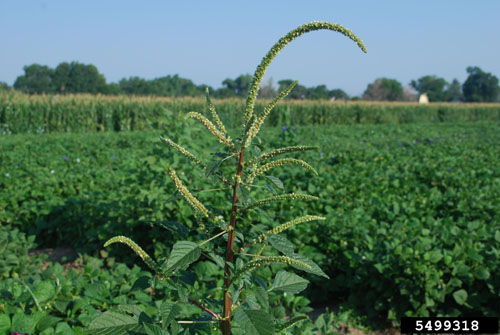
Video Information
Weed Images

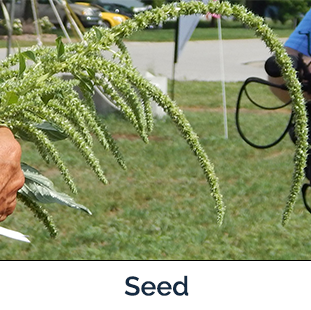

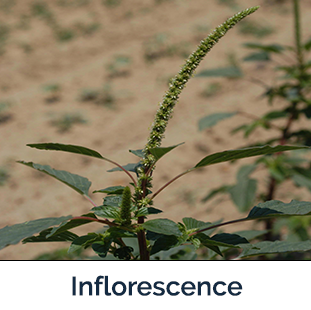
Weed Specifications
| Type | Information |
|---|---|
| Toxicity | Non-toxic |
| Best Management Practices |
Prevention and early detection and rapid response, awareness, field scouting, equipment sanitation, communication, trusted seed source *See additional documents below |
| Habitat | Same as all pigweeds, mainly cropland and field edges, such as roadsides, fence lines, ditches, and other disturbed areas |
| Stem | Reddish colored, smooth and hairless, and up to 8’ tall; other pigweeds in Montana, most predominantly redroot pigweed, have short, dense hairs and rarely exceed 3’ tall |
| Leaves | Alternate, egg to diamond-shaped, the same length or shorter than the petiole, sometimes have a tiny hairlike tip |
| Lifespan | Warm season annual, emerges throughout the growing season, not at specific times |
| Similar Looking Plants | Redroot pigweed and other pigweeds, waterhemp |
| Important Information | Produce hundreds of thousands of seeds per plant, plants can grow 2-3” per day and up to 8’ tall, can dramatically cut crop yields, resistant to multiple herbicide Modes of Action; spreads by seed, feed, mobile farm equipment, etc.; on Montana’s eastern border, it is found only two counties away; very hard to identify and expert assistance is necessary for confirmation, including being sent to a lab for genotyping |
Find Out More...
- MontGuide - Palmer Amaranth -
- orderpubs@montana.edu or call 406-994-3273
- Weed Post - Palmer Amaranth
- MSU Extension - Palmer Amaranth -
- orderpubs@montana.edu or call 406-994-3273
- Ag Update – Palmer Amaranth
- Watch Out for Palmer Amaranth
- Palmer Amaranth and Waterhemp
- How to Identify Palmer Amaranth
To Report, Contact:
Dr. Tim Seipel
MSU Extension Cropland Weed Specialist
Palmer Amaranth Task Force Coordinator
Phone: (406) 994-4783
E-mail: timothy.seipel@montana.edu
Events
Ask a Question
Ask a Question

